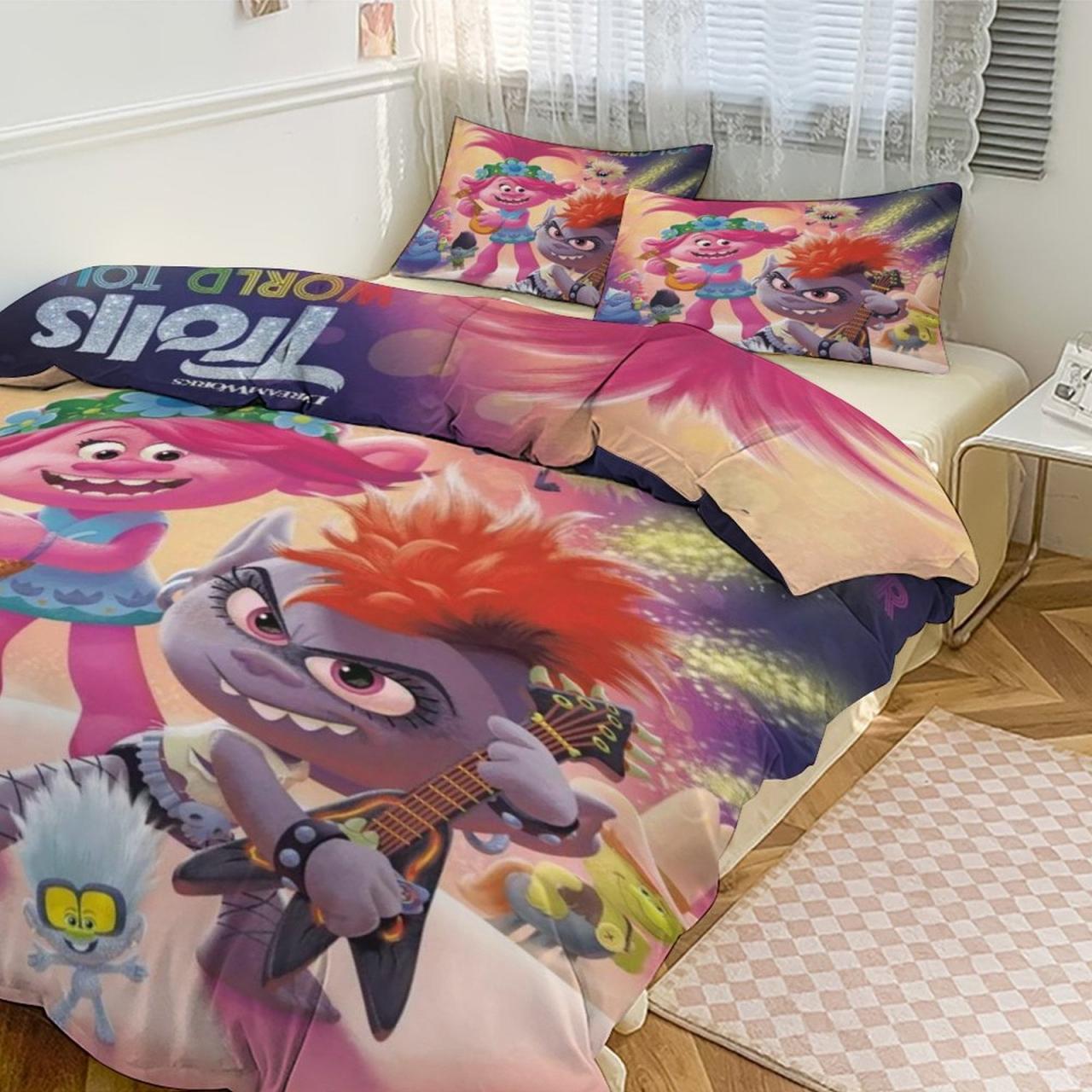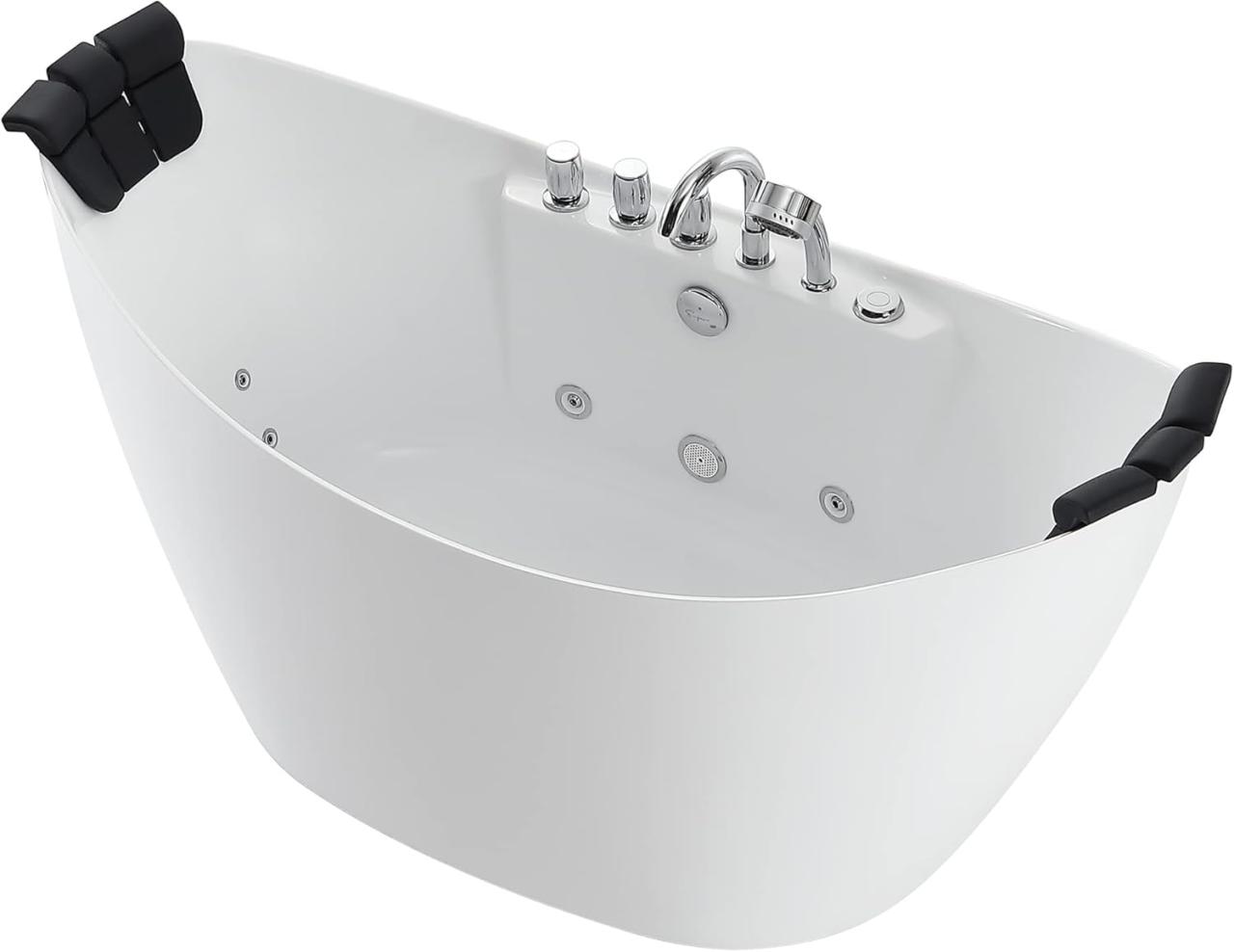In the world of fashion, every detail counts. From the fabrics chosen to the lighting used in a runway presentation, each element plays a vital role in conveying the designer’s vision. One often-overlooked aspect of fashion shows is the use of full-body female mannequins. These silent but powerful tools serve multiple purposes, enhancing the overall presentation and impacting the audience’s perception of the garments. This article delves into the significance of full-body female mannequins in fashion shows, exploring their roles, benefits, and the nuances behind their use.
Understanding the Role of Mannequins in Fashion
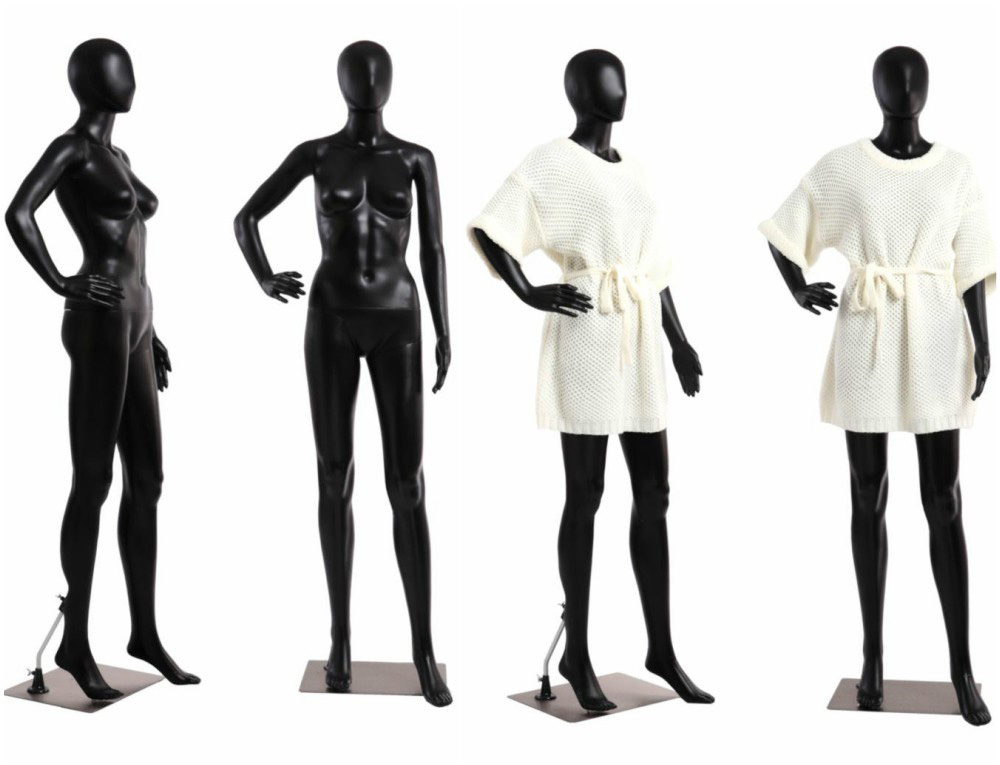
Mannequins have been a staple of the fashion industry for decades. They serve as a bridge between the designer’s creative ideas and the audience’s interpretation. Full-body female mannequins specifically bring a unique set of advantages to fashion shows:
- Visual Representation: Mannequins provide a three-dimensional representation of garments, allowing viewers to appreciate the fit and flow of the fabric.
- Standardization: They help standardize how garments are displayed, ensuring that each piece is presented in a way that highlights its unique features.
- Focus on Design: By showcasing clothing on a mannequin, the attention is directed towards the design rather than the model’s body type or movement.
The Evolution of Mannequin Design
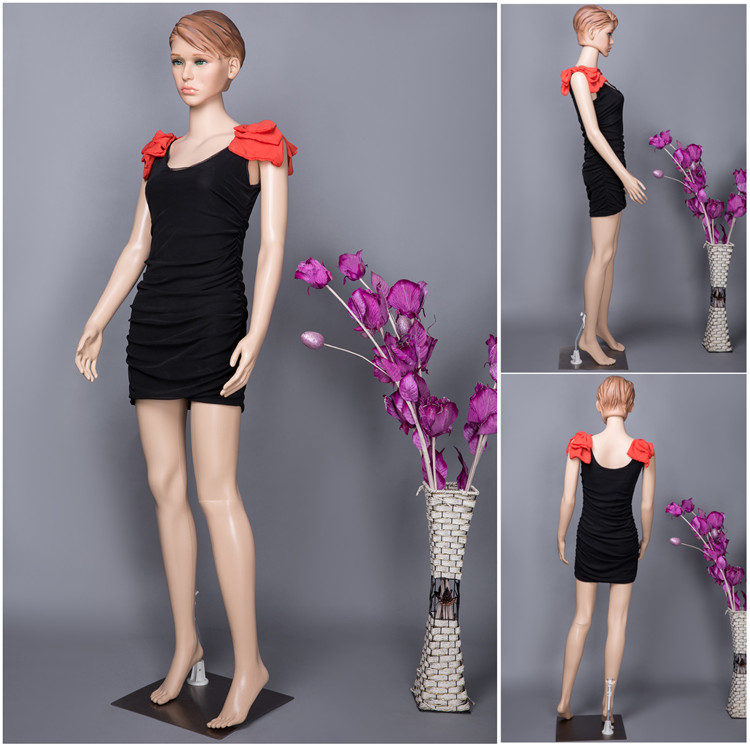
The design of mannequins has evolved significantly over the years, paralleling changes in fashion trends and body representation in society. In the past, mannequins often reflected unrealistic body standards, which did not resonate with the average consumer. However, recent trends have shifted towards more inclusive representations.
- Body Diversity: Many brands are now opting for mannequins that reflect a range of body types, promoting body positivity and inclusivity.
- Realism: Advances in materials and technology have allowed for the creation of more lifelike mannequins that closely resemble human anatomy.
- Fashion Statements: Some designers use mannequins as a canvas for artistic expression, painting or decorating them to align with the theme of the show.
Why Full Body Mannequins Matter in Fashion Shows
Full-body female mannequins serve a critical purpose in fashion shows, impacting both the presentation of the clothing and the audience’s experience.
1. Enhancing Visual Appeal
Visual appeal is paramount in fashion. Full-body mannequins allow designers to present their collections in a cohesive manner. Here’s how:
- Styling Opportunities: Mannequins can be styled in various ways, allowing designers to showcase multiple looks for a single piece.
- Color and Texture Display: The use of mannequins enables the audience to see how colors and textures interact in a 3D space.
- Movement Simulation: While mannequins are static, their poses can suggest movement and flow, giving the audience an idea of how the garment will look in action.
2. Facilitating Audience Connection
Full-body female mannequins help create a connection between the audience and the fashion being presented:
- Realistic Representation: Audiences can relate better to garments displayed on mannequins that represent average body shapes and sizes.
- Eliminating Distractions: By removing the human element, viewers can focus solely on the clothing without being influenced by the model’s presence.
- Encouraging Engagement: Mannequins can be positioned to encourage viewers to walk around them, creating an interactive experience.
3. Supporting Branding and Marketing Efforts
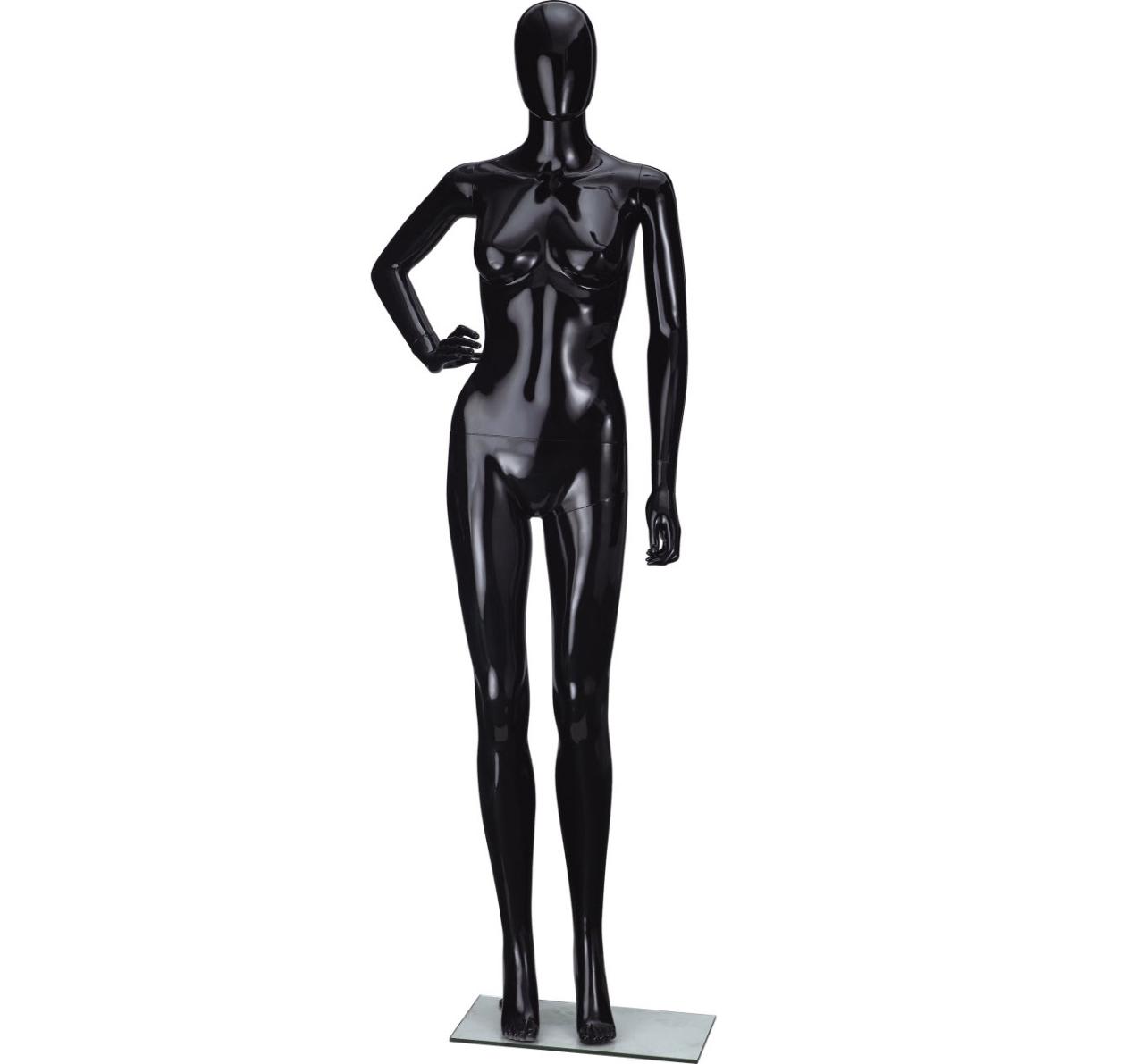
In addition to their visual and experiential benefits, mannequins also play a strategic role in branding and marketing:
- Brand Identity: The choice of mannequins can reflect a brand’s identity. High-fashion brands may opt for sleek, high-end mannequins, while bohemian brands may choose more artistic designs.
- Promotional Use: Mannequins can be used in promotional materials, allowing brands to maintain a consistent image across various platforms.
- Seasonal Themes: Mannequins can be dressed in seasonal themes, helping to create excitement around new collections and limited-time offerings.
Case Studies: Successful Use of Full Body Mannequins
Several notable fashion brands have successfully implemented full-body female mannequins in their fashion shows, highlighting their importance in the industry.
1. Burberry’s Inclusive Mannequins
Burberry has been at the forefront of promoting body diversity. In their latest fashion show, they showcased a range of full-body mannequins that represented various body types. This move was well-received by audiences and critics alike, affirming Burberry’s commitment to inclusivity in fashion.
2. Balenciaga’s Artistic Approach
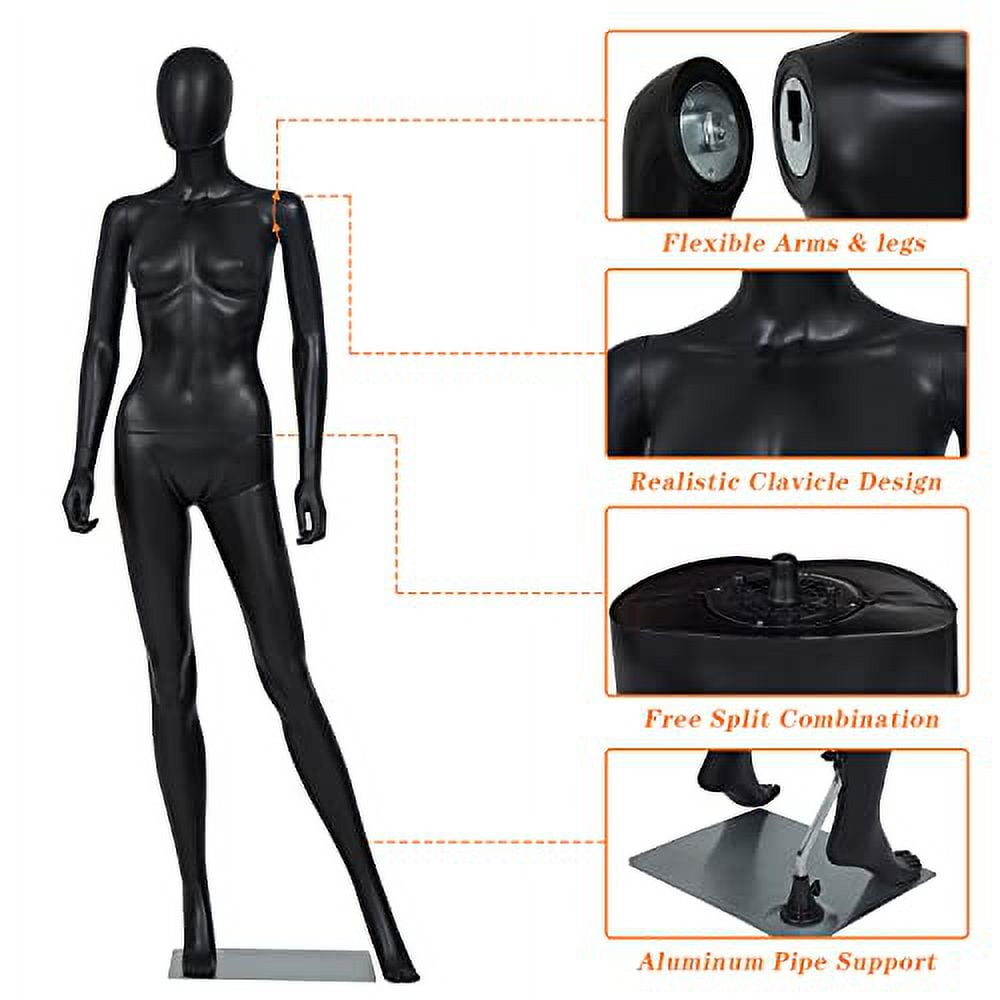
Balenciaga is known for its avant-garde approach to fashion. In one memorable show, they used oversized, exaggerated mannequins that challenged traditional beauty standards. This innovative use of mannequins not only captivated the audience but also sparked conversations about body image and fashion.
3. Zara’s Seasonal Displays
Zara frequently utilizes full-body female mannequins in their seasonal displays. By dressing mannequins in coordinated outfits that align with seasonal trends, Zara effectively communicates their brand identity and engages customers, both in-person and online.
Statistics on Consumer Preferences
Understanding how consumers perceive mannequins can provide valuable insights into their effectiveness:
- A survey conducted by the Fashion Institute of Technology found that 78% of consumers felt more positive about brands that used diverse mannequins.
- According to a report by McKinsey & Company, brands that embrace inclusivity can see a 30% increase in sales as they appeal to a broader audience.
- Research by the University of Southern California found that consumers are more likely to purchase clothing when they see it displayed on mannequins that reflect their own body type.
Conclusion: The Silent Impact of Mannequins
Full-body female mannequins are much more than mere display tools in fashion shows; they are integral to the storytelling and branding processes in the fashion industry. By enhancing visual appeal, facilitating audience connection, and supporting branding efforts, mannequins play a crucial role in how fashion is presented and perceived. As the industry continues to evolve, the importance of inclusive and diverse representations through mannequins will only grow. Brands that recognize and leverage this silent yet powerful tool will likely find themselves at the forefront of consumer engagement and satisfaction.
